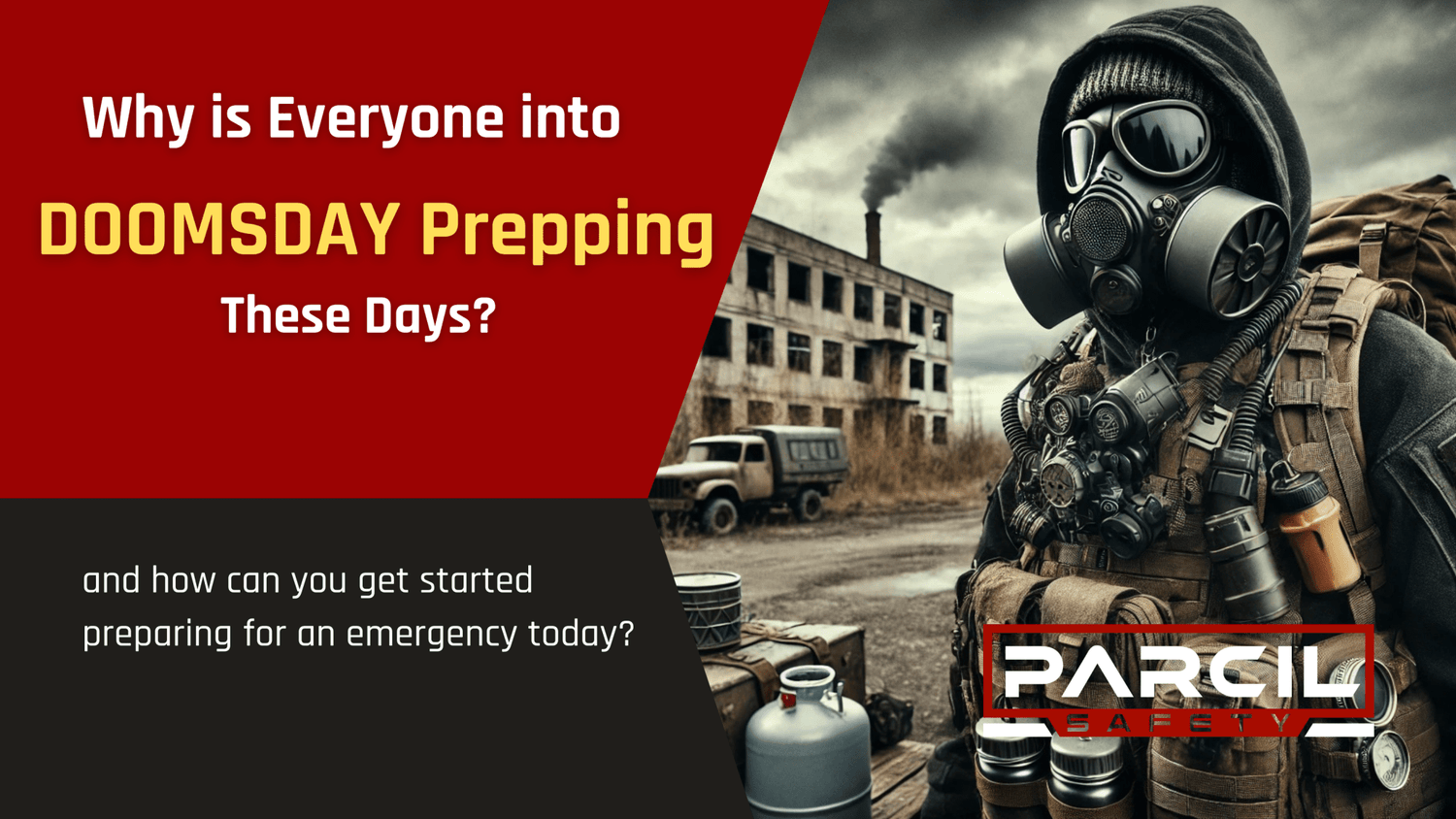Why Is Everyone Doomsday Prepping and How Can You Start Doomsday Prepping Yourself?
Understanding Emergency Preparedness in an Uncertain World
In recent years, there has been a significant increase in interest around emergency preparedness and disaster readiness. But the question is, why is everyone starting to doomsday prep and how can you get started with doomsday prepping?
Why Is Doomsday Prepping on the Rise?
The rising interest in doomsday prepping can be attributed to several key factors:
- Global Instability: Modern society faces unprecedented challenges from geopolitical tensions to environmental concerns. This uncertainty has led many to seek greater self-sufficiency and emergency preparedness.
- Natural Disaster Prevalence: The increasing frequency and intensity of natural disasters, including hurricanes, wildfires, and earthquakes, have demonstrated the importance of being prepared. Having proper supplies and equipment can be crucial for survival.
- Pandemic Awareness: The COVID-19 pandemic revealed how quickly global systems can be disrupted. Many preppers now prioritize medical supplies and protective equipment, including high-grade gas masks like the Parcil Safety NB-100 Tactical Gas Mask for protection against airborne threats.
- Economic Vulnerabilities: Recent experiences with inflation, unemployment, and supply chain disruptions have highlighted the importance of maintaining emergency supplies rather than relying solely on just-in-time delivery systems.
- Technological Dependencies: Our reliance on technology has created new vulnerabilities to cyberattacks and grid failures, making backup systems and protective equipment essential.
How to Start Doomsday Prepping
1. Risk Assessment and Planning
Begin your prepping journey by:
- Evaluating specific threats in your geographic area.
- Identifying potential emergency scenarios
- Creating a customized preparedness strategy
- Developing both short-term and long-term survival plans
FEMA's National Risk Index (NRI) provides a detailed analysis of natural hazard risks by geographic area in the United States. You can access it at: https://hazards.fema.gov/nri/.
2. Building Your Emergency Kit
A comprehensive survival kit should include:
-
Water Systems:
- One gallon of water per person per day (minimum)
- Advanced water filtration systems
- Water purification tablets
- Portable water containers
-
Food Supplies:
- Long-term storage foods
- Freeze-dried meals
- Canned goods with extended shelf life
- Manual can openers
- Cooking tools and fuel
-
Medical Preparedness:
- Comprehensive first aid supplies
- Prescription medications
- Basic medical tools
- Sanitation supplies
-
Protective Equipment:
- Gas Masks! You can check out any of Parcil Safety's tactical gas masks below
- Fire Safety: Another great protective piece you may want to look at are fire safety products such as fire blankets and fire cloaks.
The American Red Cross has a more extensive and detailed emergency supply list at https://www.redcross.org/get-help/how-to-prepare-for-emergencies/survival-kit-supplies.html.
3. Shelter and Energy Solutions
Ensure you have:
- Reliable shelter options (both fixed and portable)
- Alternative power sources
- Solar panels
- Portable generators
- Battery banks
- Climate-appropriate clothing
- Fire-starting tools and materials
- Emergency lighting solutions
If you're looking for more information on how to identify shelters near you, Ready.gov has a comprehensive page about emergency shelter at: https://www.ready.gov/shelter
4. Essential Survival Skills
Develop competency in:
-
Medical Training:
- Basic first aid
- Advanced wound care
- Emergency medical procedures
- Disease prevention
-
Self-Defense:
- Personal protection techniques
- Legal firearm training
- Home security measures
- Situational awareness
-
Food Procurement:
- Hunting skills
- Fishing techniques
- Wild edible identification
- Basic farming methods
5. Communication and Evacuation Planning
Establish robust systems for:
- Family reunification procedures
- Emergency communication methods
- Two-way radios
- Emergency radios
- Backup communication devices
- Multiple evacuation routes
- Rally points and safe locations
- Important document storage
Conclusion
Doomsday prepping represents a practical approach to handling uncertainty and ensuring survival in challenging times. By investing in quality equipment like the recommended gas masks and developing comprehensive emergency plans, you can better protect yourself and your loved ones from potential threats.
Remember that prepping is an ongoing process rather than a one-time effort. Regular review and updates to your preparedness strategy, along with maintenance of your equipment and supplies, will help ensure you're ready for whatever challenges may arise.
Start your prepping journey today by assessing your needs and gradually building your emergency preparedness supplies and skills. Consider beginning with essential protective equipment like the Parcil Safety gas mask line to ensure you're prepared for chemical, biological, radiological, and nuclear (CBRN) threats.
Are you looking to prepare specifically in case of WW3 scenario? Check it out complete guide to WW3 today!





















Leave a comment
All comments are moderated before being published.
This site is protected by hCaptcha and the hCaptcha Privacy Policy and Terms of Service apply.